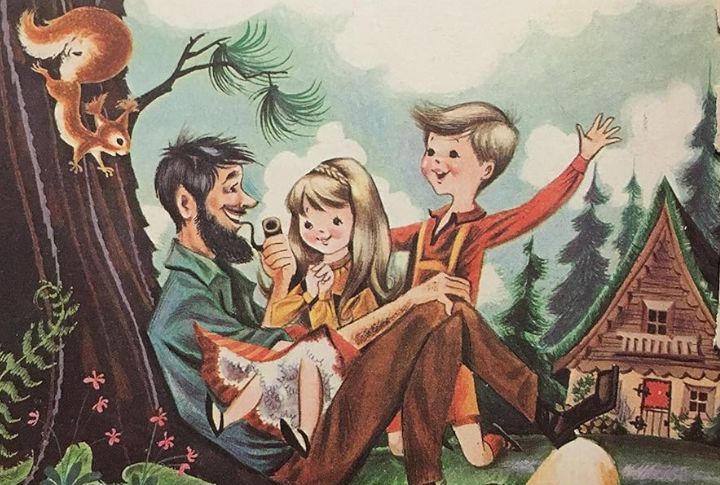
Some books weren’t meant to fade with childhood. As the years passed, a few slipped from toy shelves into collector circles. Though they started as simple stories, their charm endured. Today, certain titles hold surprising value, and with this article, you will discover ten such little golden books that continue to draw attention for unexpected reasons.
“Trucks” (C.1950s)
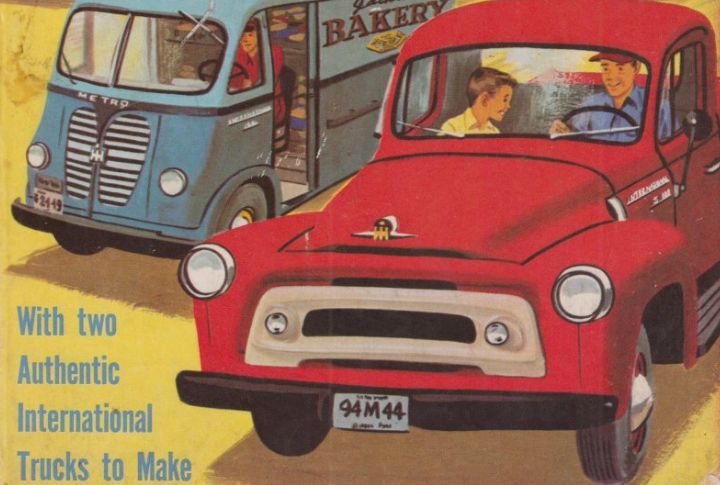
Collectors have paid up to $185 for a complete copy of this punch-out truck book, and the reasoning is clear. Released during a period of rising industrial pride, it encouraged hands-on play and creativity. Because most copies were dismantled, those that remain intact now offer both rarity and nostalgic charm.
“Mother Goose” (1957 Giant Little Golden Book)
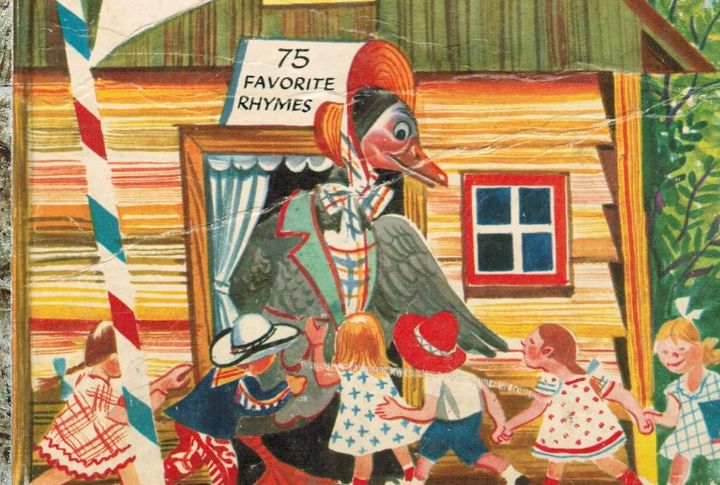
This edition immediately stood out. Its oversized format, stitched spine, and thick matte pages gave it durability, while Violet LaMont’s illustrations added warmth to familiar rhymes. Because production costs were high, print numbers stayed low. That limited availability is exactly what drives resale prices past $100 in many cases.
“Cinderella” (1950 First Edition)
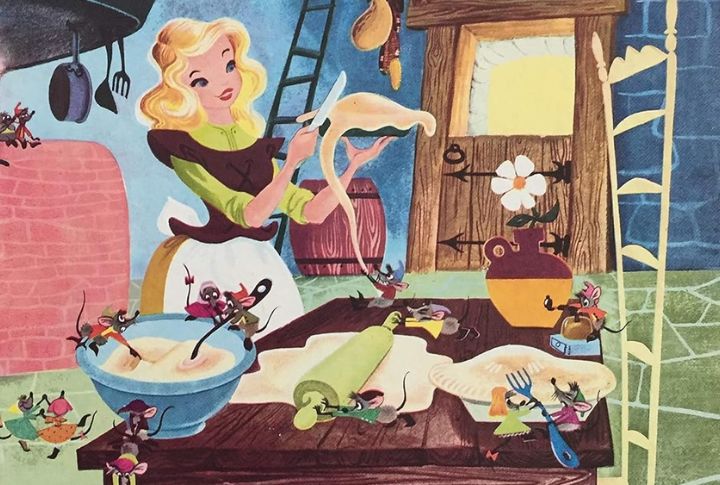
In 1950, just as “Cinderella” enchanted theaters, its first edition book quietly hit shelves. Children flipped through dreamy pastels, wore down gold spines, and left most copies battered. Decades later, the few pristine survivors are collectors’ gold—sometimes commanding $4,500.
“Counting Rhymes”(1946, With Dust Jacket)
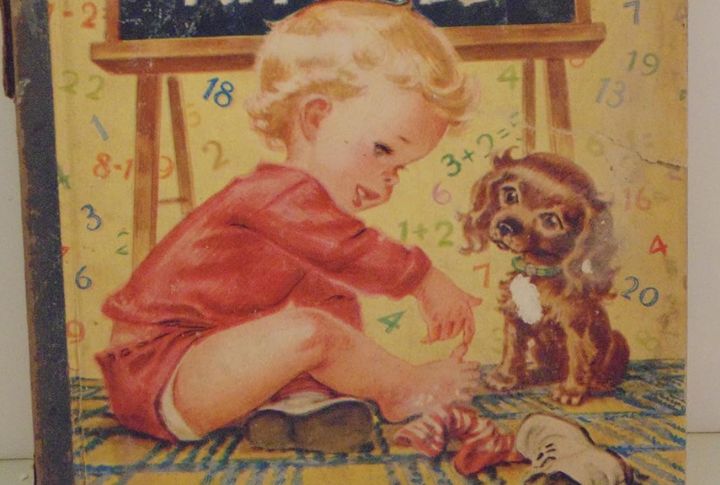
This early title stands out for its removable dust jacket, which is a rarity among Golden Books of the time. Since most were torn or discarded, surviving copies are few. The combination of vintage verse, charming artwork, and original jacket has helped push near-mint editions to a resale value above $45.
“Hansel And Gretel” (1961 Little Golden Activity Book)
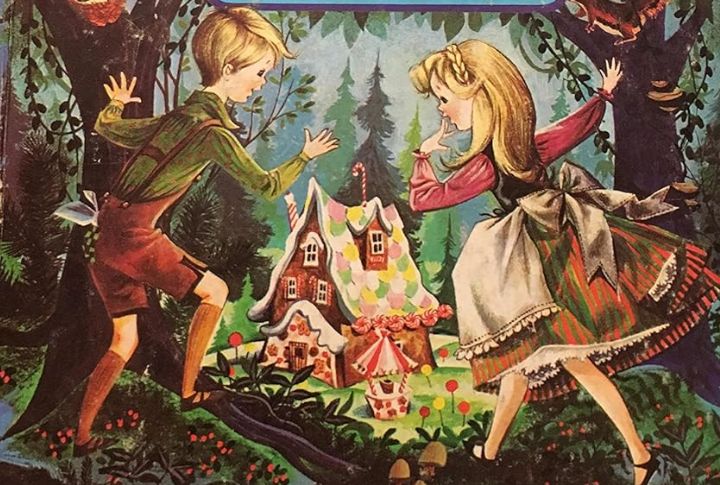
Instead of flipping pages, readers could build scenes. This book lets kids punch out paper dolls and create their own versions of the story. While many copies were used to pieces, one pristine edition, unpunched and fully intact, was once sold for $10,000, which cemented its place as a collector’s anomaly.
“Baby’s House” (#80, 1950 “A” Edition)
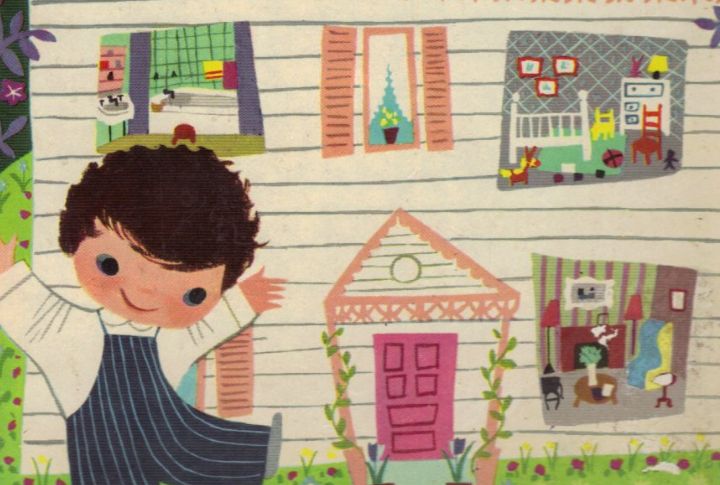
What seems like a modest children’s book holds more detail than expected. Inside, a fold-out room scene adds surprise, and a golden paper spine—with no barcode—marks it as a first edition. Though most copies sell for $5 to $32, its mid-century aesthetic keeps collectors coming back.
“The New Baby” (1990)
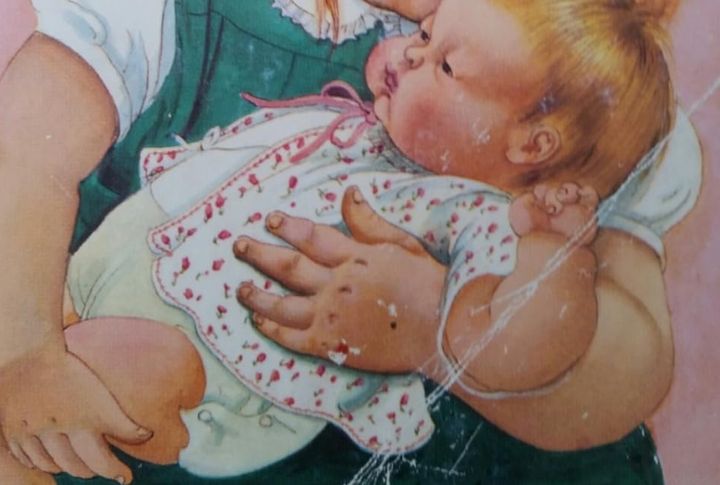
Some copies of this book have sold for as much as $1,400, thanks to a combination of emotional relevance and steady collector demand. Notably, it was one of the few titles that addressed sibling changes directly. Moreover, variations in tone and layout across early printings continue to attract serious interest.
“Christmas Manger” (1953 Cut-Out Book, Uncut “A” Edition)
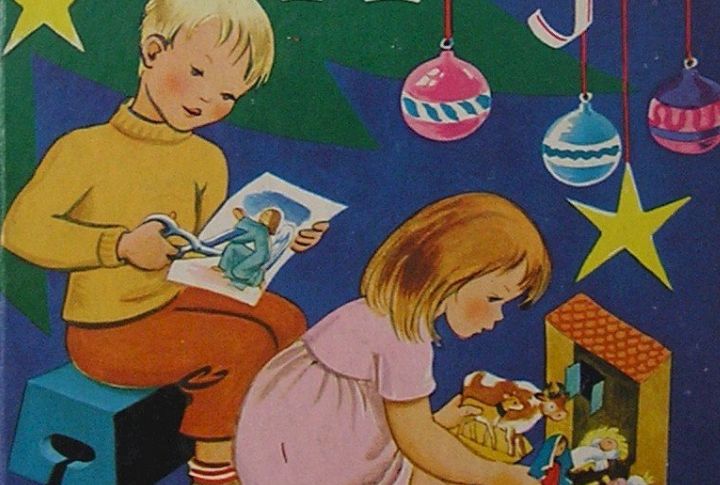
At first, it invited children to cut and create their own nativity scene. Over time, though, that very interactivity led to its scarcity. Most were discarded after use, so intact copies are hard to come by. As a result, complete “A” editions often resell for anywhere between $8.99 and $35.
“The Poky Little Puppy” (1942 First Edition)
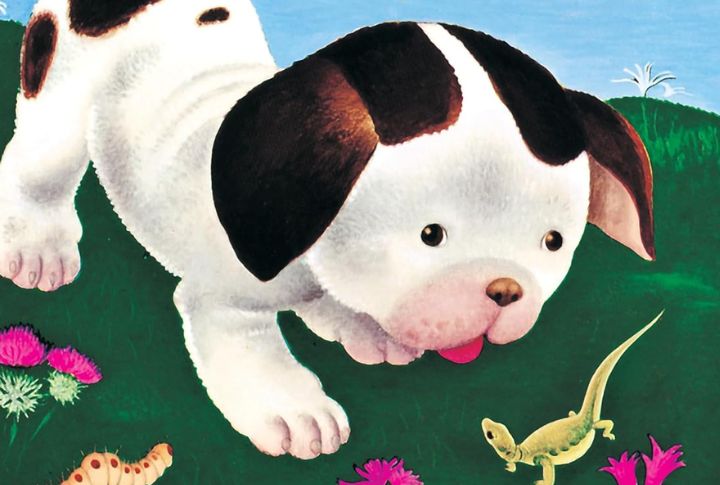
As the first title in the Little Golden Book series, this release helped define the brand’s identity. Early editions are easy to recognize, with gold foil spines and no barcode. Consequently, clean first printings usually sell for over $350, and continued reprints have only strengthened collector interest.
“The Happy Family” (1947 With Dust Jacket)
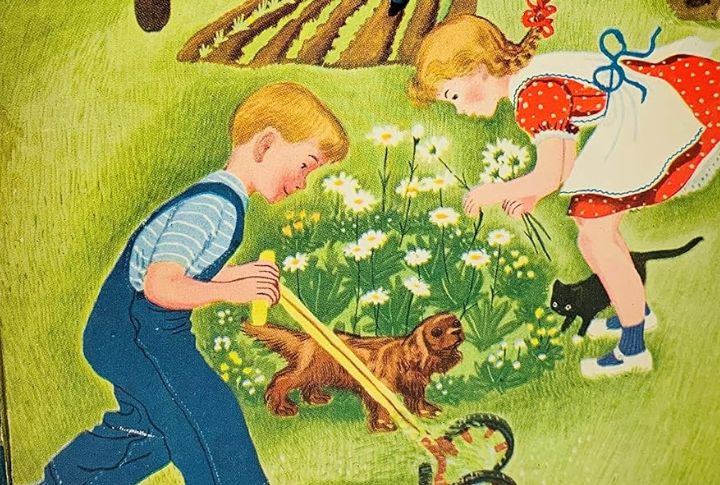
Due to how few survived intact, prices for jacketed copies of this 1947 title typically range between $36 and $60. What made it stand out, even then, was its portrayal of a multigenerational family—an uncommon theme at the time. Additionally, Tom McNamara’s expressive illustrations continue to advance their appeal.
